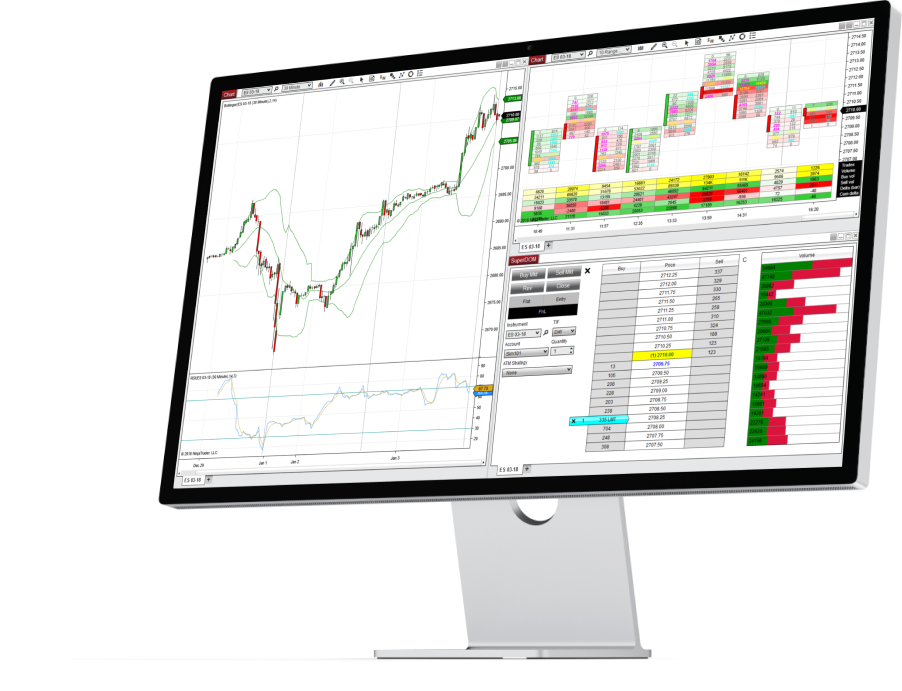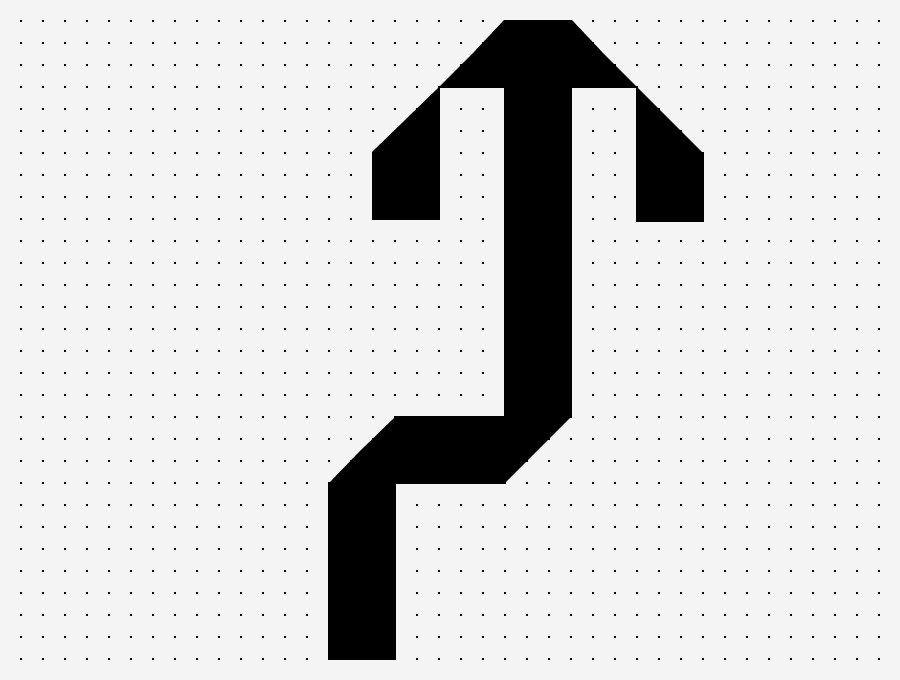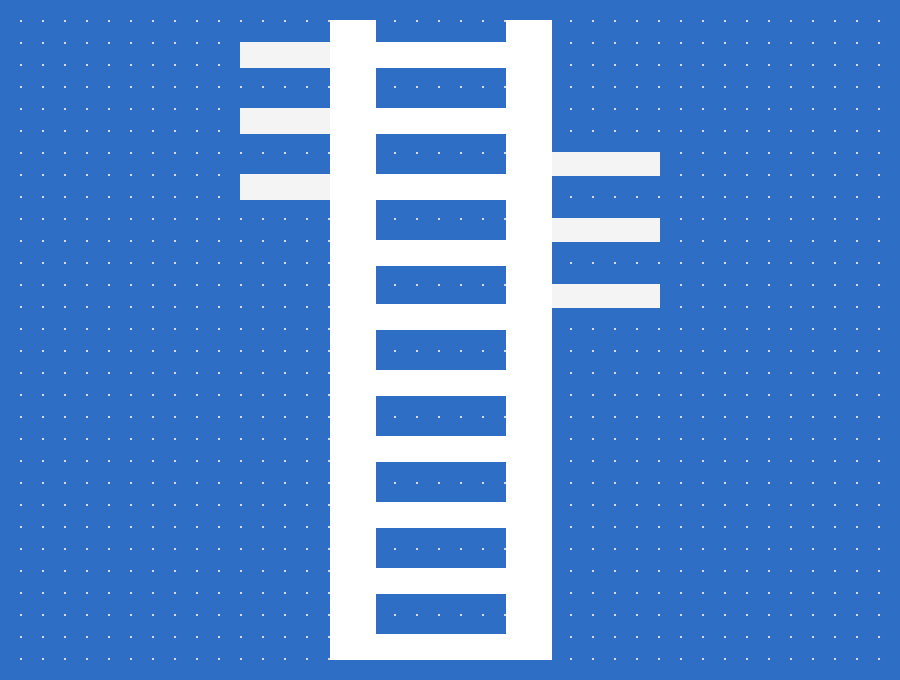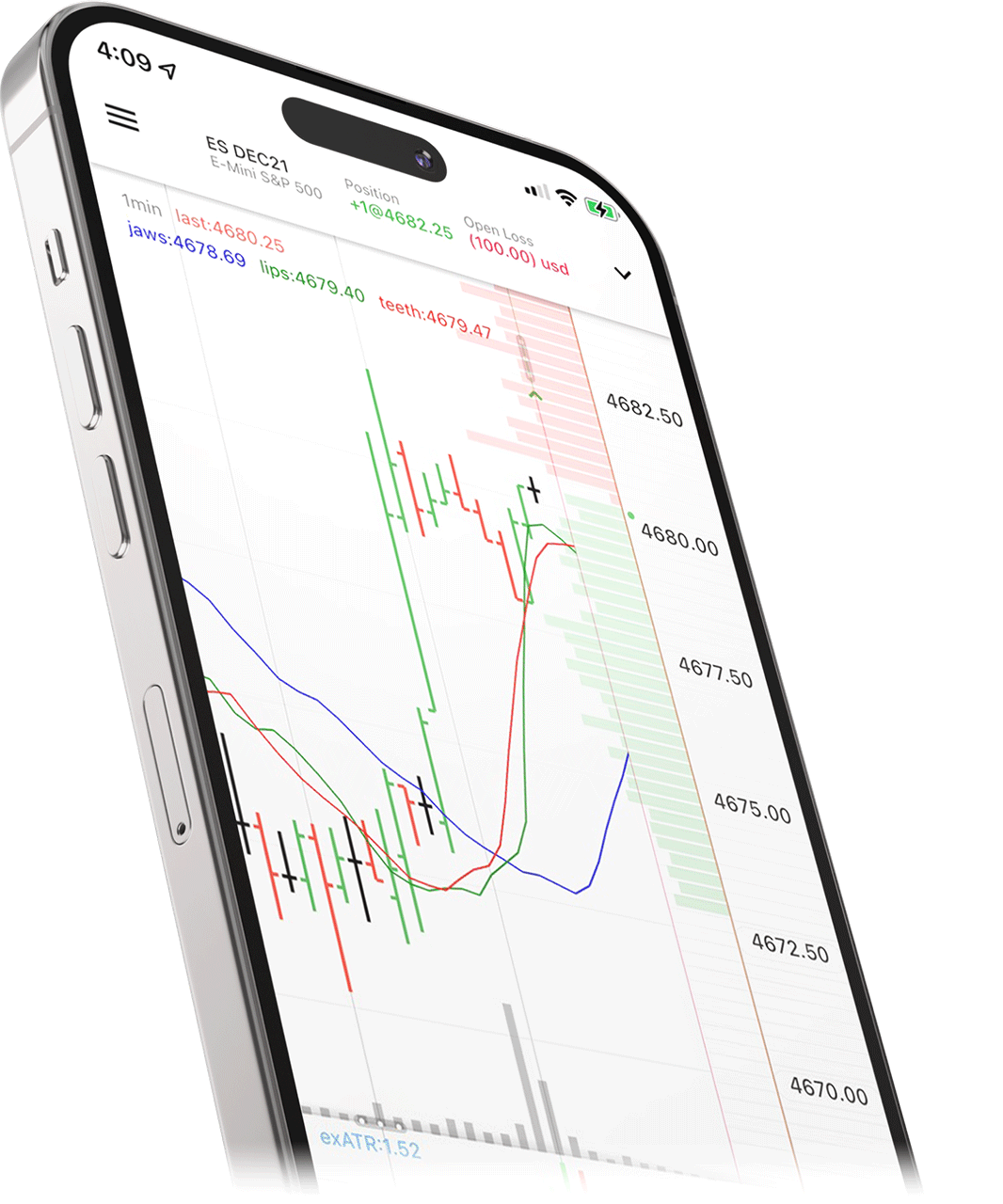
What are E-mini Dow index futures?
E-mini Dow 30 index futures are based on the Dow 30 stock index, also known as the Dow Jones Industrial Average. It tracks the price of 30 of the largest companies in the US, representing a wide range of business sectors. These 30 companies are designed to serve as a barometer for the overall strength of the US stock market and economy.
The Dow 30 Industrials index is a price-weighted index meaning the greater the price of a stock, the greater the effect on the overall price of the index. Reflecting some of the largest corporations in the world, the Dow 30 can be an important benchmark of the global economy.
The stocks that make up the Dow 30 futures include Apple, Boeing, Caterpillar, Chevron, Coca-Cola, The Home Depot, IBM and Johnson and Johnson. Stocks are added and removed as needed from the index based on the changes in market capitalization, relevance to the overall US economy, and financial stability.
Why Trade E-Mini Dow Index Futures?
E-mini Dow Jones futures (contract symbol = YM) provide access to trade opportunities within one of the most actively traded and quoted stock indexes in the world. Benefits of trading E-mini Dow index futures include:
Speculate on combined price of 30 large highly influential companies
React quickly to trading opportunities hours before the US stock market opens
Hedge a portfolio of stocks against potential market declines
Flexible contract size to start small with Micro contracts and scale up positions

Trade Micro E-mini Dow index futures to reduce costs
At 1/10th the size of the standard E-mini contract, Micro Dow E-mini futures allow traders to access the highly liquid equity index futures markets with reduced costs and margins as low as $50. Other advantages of trading these bite-sized contracts include:
- Access to the most popular and liquid futures contracts
- Highly leveraged investment for more buying power*
- Reduced financial commitment vs. the full-size Dow E-mini contract
- Increased flexibility for better position management
Micro E-mini futures contracts provide an ideal entryway for new futures traders to start small and scale up as you become more comfortable in the live markets.
*Leverage also increases the risk associated with futures trading and only risk capital should be used for trading

Who trades E-mini Dow index futures?
E-mini Dow index futures traders can be broken down into three main groups:
- Commercial traders in the major market stock index futures are typically trading index futures to hedge their price risk on a large portfolio of stocks. These traders are typically large banks, pension funds, mutual funds or other institutional investors.
- Large professional speculators are purely speculating on the price movement of the futures contract. Typically, commercial traders and large speculators make up 80% or more of the daily trading volume in the E-mini Dow index futures.
- Self-directed retail traders make up the remaining daily trading volume in E-mini Dow index futures. Like large professional traders, retail traders are typically speculating only on the price movement of the futures contract.
The Commodity Futures Trading Commission produces a weekly report showing the open net positions for these three types of traders called the Commitment of Trader's report.
What Impacts The Price Of E-Mini Dow Index Futures?
Although the E-mini Dow index futures market is made up of only 30 stocks, prices can fluctuate greatly during the trading day and can be sensitive to economic news and earnings reports. There are several factors that can influence the price of a major market stock index like the Dow futures. For example, changes in economic conditions can turn market sentiment bullish or bearish on a dime. Additional factors include:
Macroeconomic Factors
Economic indicators such as GDP growth, inflation rates, and employment data can have a significant influence on market sentiment and investor confidence. Positive economic data, such as strong GDP growth or declining unemployment rates, can drive prices for the E-mini S&P 500 index futures higher; negative economic data can lead to a decline in prices as investors become more cautious and risk-averse.
Interest Rates and Fed Policy
Changes in interest rates and monetary policy decisions can also impact the price of Dow 30 index futures. When interest rates are low, they can stimulate borrowing and investment, which tend to boost stock prices. On the other hand, when interest rates rise, borrowing becomes more expensive, potentially reducing economic activity and causing stock prices to decline.

Watch Daily Live Futures Trading
Join our livestreams each weekday as we prepare, analyze and trade the futures markets in real-time using charting and analysis tools.

Intro To Technical Analysis
Learn to leverage technical analysis to target futures trading opportunities and identify trends using chart types, indicators and more.

Develop The Trader In You
Get started on your path to learn how to trade futures through our introductory video series outlining the first steps in your trading journey.

Risks of E-mini Dow Index Futures Trading
Similar to other equity index futures contracts, the primary risk of trading E-mini Dow Index futures is that the price will go against the trader’s position. Using appropriate trade sizing for your account size and having a robust risk management plan includes stop losses or a trailing stop can help to limit your financial exposure.
With many factors that can influence short-term and long-term performance, keeping abreast of economic activity is key here, as news and events—like changes in interest rates, economic reports, and changes in US central bank (Fed) policy—can move the major stock market indexes significantly.
Tips to keep in mind especially for newer futures traders include:
- Practice in a futures trading simulator that reflects live market conditions until you prove to yourself that you are comfortable with the market swings. Then, when you start trading with real dollars, trade small to start, and work your way up.
- Build a well-defined futures trading plan including clear entry and exit criteria, analysis of market conditions and a schedule for when you are and are not going to trade.
E-Mini Dow Futures Contracts Specifications
The E-mini Dow index futures contracts are standardized exchange-traded contracts that represent the value of 30 of the largest stocks traded in the US. The value for a 1 point move in the standard contract is $5 or $.50 for the 1/10 size micro contract.
Retail traders typically buy and sell E-mini Dow index futures contracts to speculate if the price will go up or down. Major market index futures contracts are cash settled at expiration.
| Standard [Asset] Futures | Micro [Asset] Futures | |
|---|---|---|
| Symbol | YM | MYM |
Exchange | CME Globex | CME Globex |
| Contract point value | $5 USD | $0.50 USSD |
| Minimum price fluctuation | 1, (5 * 1 = $5.00 per contract per-minimum move) | 1 (.50 * 1 = $0.50 per-contract per-minimum move) |
| Trading hours | Sunday 6:00 p.m. ET to Friday 5:00 p.m. ET | Sunday 6:00 p.m. ET to Friday 5:00 p.m. ET |
| Listed contracts | Quarterly: March(H), June(M), September(U), December(Z) - 9 Quarters Out and 3 Additional December Contracts. | Quarterly: March(H), June(M), September(U), December(Z) - 5 Quarters Out |
| Expiration style | 3rd Friday of every listed contract month | 3rd Friday of every listed contract month |
| First notice date | Not applicable | Not applicable |
| Settlement | Financially settled | Financially settled |
| Additional Specifications | View all from CME Group | View all from CME Group |

Become A E-mini Dow futures trader today
Ready to start trading E-mini Dow futures or Micro E-mini Dow futures? NinjaTrader is here to support you. With award-winning features and daily premium market commentary with industry pros, NinjaTrader equips you with the tools you need to embark on your trading journey.